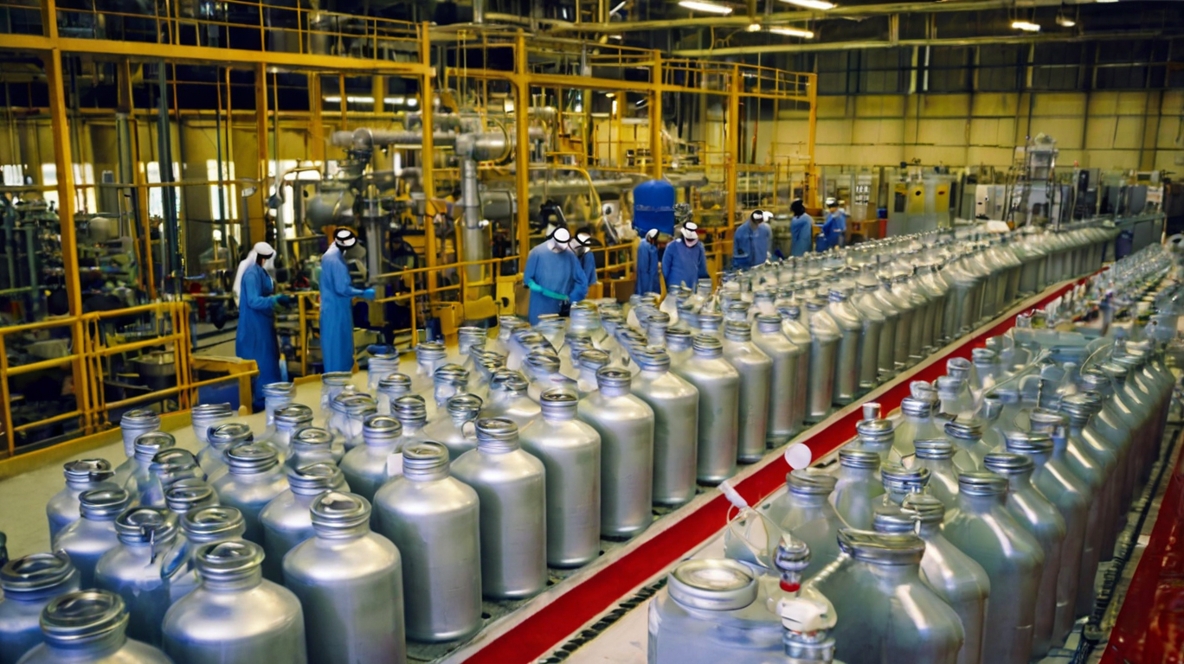A Look into the Aerospace Composite Market in 2024: Innovations and Trends

The aerospace composite market is soaring to new heights in 2024, driven by the industry's relentless pursuit of lighter, stronger, and more efficient materials. As aircraft manufacturers and suppliers navigate the skies of innovation, the demand for advanced composites is reaching unprecedented levels. Let's take a closer look at what's propelling this market forward and the trends that are shaping its future.
The Rise of Advanced Composites
In the aerospace industry, weight is a critical factor. The lighter the aircraft, the more fuel-efficient it becomes, leading to significant cost savings and reduced environmental impact. This is where advanced composites come into play. Composites, which are materials made from two or more constituent materials with significantly different physical or chemical properties, offer a remarkable combination of lightness and strength. Carbon fiber-reinforced polymers (CFRPs) and glass fiber-reinforced polymers (GFRPs) are at the forefront of this technological wave.
Key Drivers of Growth
Several factors are fueling the growth of the aerospace composite market in 2024:
1. Increasing Aircraft Production: With global air travel rebounding post-pandemic, aircraft production rates are climbing. Manufacturers like Boeing and Airbus are ramping up their output to meet the rising demand for new, more efficient aircraft. Composites play a crucial role in these next-generation planes, contributing to improved performance and reduced emissions.
2. Technological Advancements: Innovations in composite manufacturing processes, such as automated fiber placement (AFP) and resin transfer molding (RTM), are making production more efficient and cost-effective. These advancements are enabling the production of complex, high-performance components that were previously unattainable.
3. Sustainability Push: Environmental concerns are driving the aerospace industry to adopt greener practices. Composites, with their potential for recyclability and reduced environmental footprint, are aligning perfectly with this sustainability agenda. Manufacturers are increasingly exploring bio-based composites and other eco-friendly alternatives.
Challenges and Opportunities
Despite the promising outlook, the aerospace composite market faces some challenges. One significant hurdle is the high cost of raw materials and production processes. While economies of scale and technological advancements are gradually bringing down costs, affordability remains a key concern for widespread adoption.
Another challenge is the complexity of composite repair and maintenance. Unlike traditional materials, composites require specialized knowledge and equipment for repairs, posing a challenge for maintenance operations. However, this challenge also presents an opportunity for innovation in repair technologies and training programs.
Future Trends
Looking ahead, several trends are expected to shape the aerospace composite market in 2024 and beyond:
1. Hybrid Composites: The development of hybrid composites, combining different types of fibers and matrices, is gaining traction. These materials offer tailored properties for specific applications, enhancing overall performance and durability.
2. Additive Manufacturing: 3D printing of composite components is emerging as a game-changer. This technology allows for the creation of intricate designs with minimal waste, reducing production times and costs.
3. Smart Composites: Integration of sensors and smart technologies into composite materials is on the rise. These smart composites can monitor structural health in real-time, improving safety and maintenance efficiency.
4. For More Info: - https://www.gmiresearch.com/report/industrial-fasteners-market/
Conclusion
In 2024, the aerospace composite market is poised for remarkable growth, driven by the industry's quest for lighter, stronger, and more sustainable materials. With advancements in technology, increasing aircraft production, and a focus on environmental sustainability, the future of aerospace composites looks brighter than ever. As challenges are addressed and new opportunities arise, the sky is truly the limit for this dynamic and innovative market.
Note: IndiBlogHub features both user-submitted and editorial content. We do not verify third-party contributions. Read our Disclaimer and Privacy Policyfor details.







